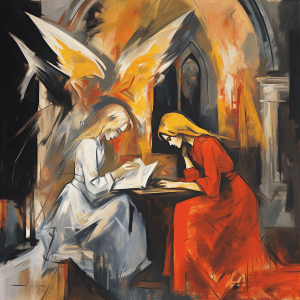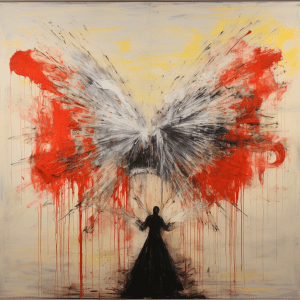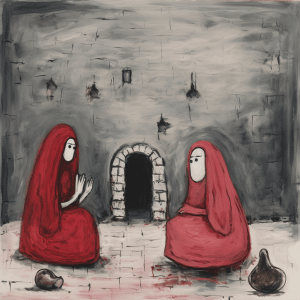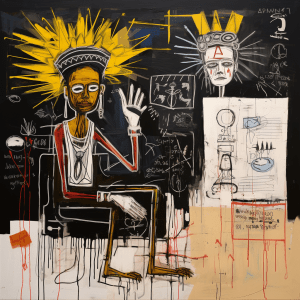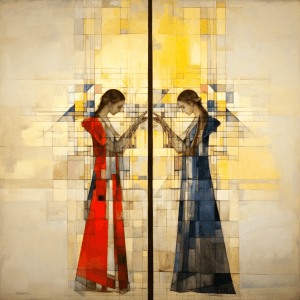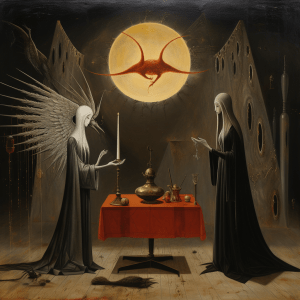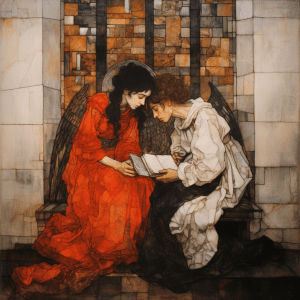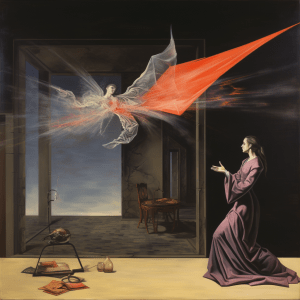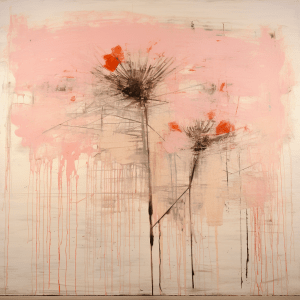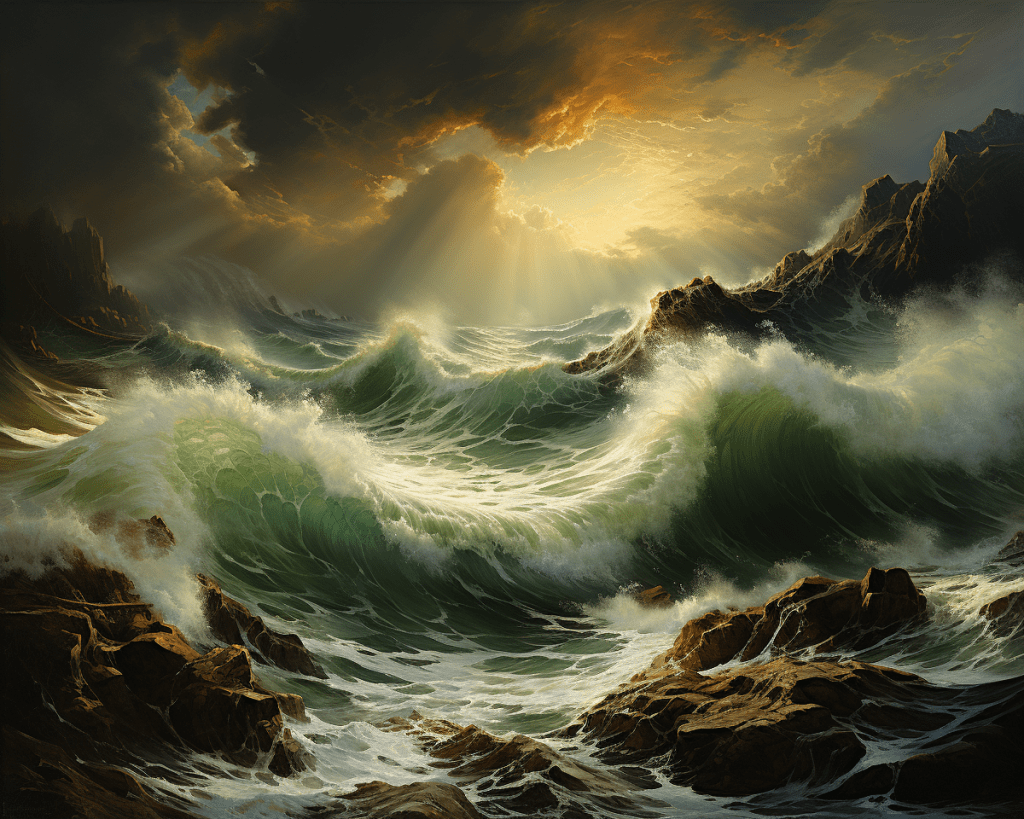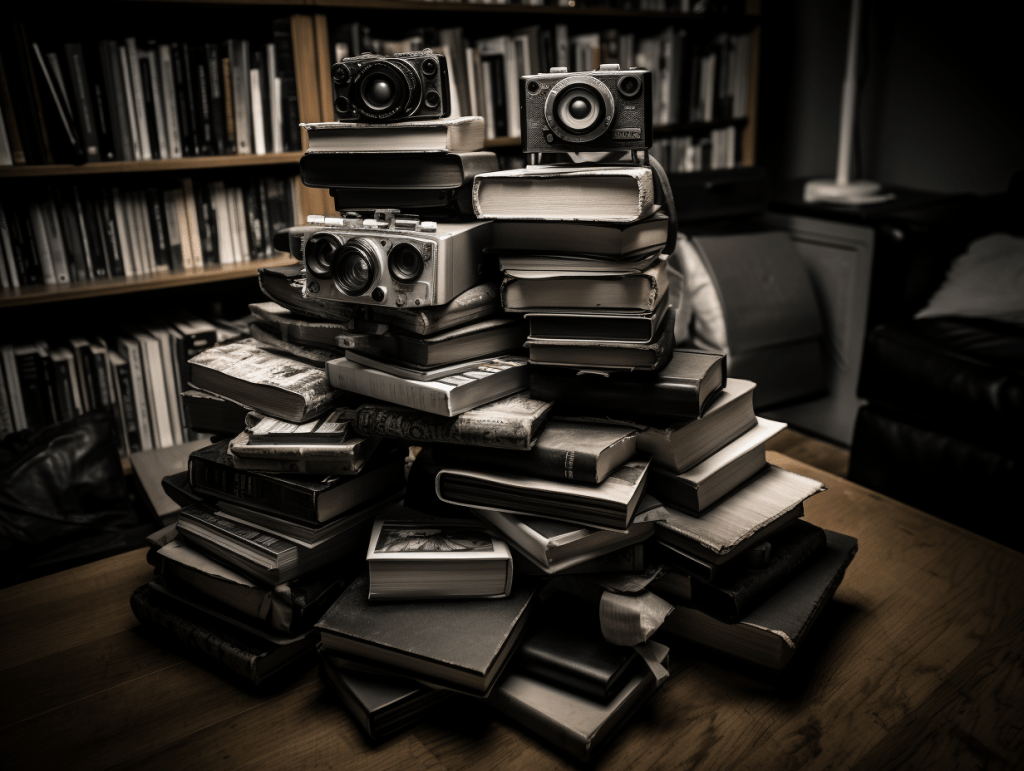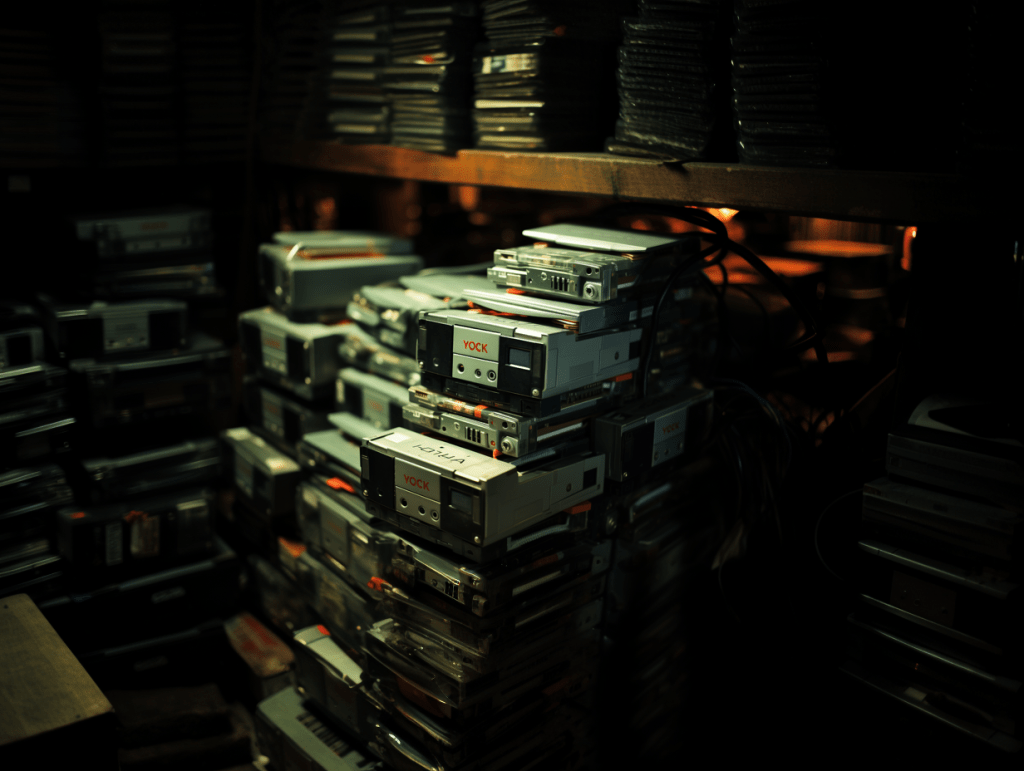Tl/Dr
This text explores the intersection of data ethics and data literacy and the role of data storytelling in the digital era. The author draws an analogy between photography and data, highlighting their potential to challenge dominant cultural narratives or perpetuate oppressive systems of power. The importance of critical thinking and data literacy skills to approach both photography and data storytelling with a critical eye is emphasized, along with the significance of ethics in data storytelling. The author argues that ethical considerations are essential in data storytelling, as data can be misused, misrepresented, or distorted. Finally, the importance of data quality and integrity is highlighted, and the consequences of unethical data storytelling are discussed.
The Art of Data Storytelling: The Intersection of Data Ethics and Data Literacy
I just finished reading a book on visual culture by Walter Benjamin, a European philosopher and cultural critic from the early 20th century. His work from almost a century ago was about photography and its place as a tool for storytelling in the “modern world”. I felt compelled to blog about how data plays that same role in the digital era. Notes that I had taken from Benjamin’s published and secondary works seem particularly relevant and they guide my account below. For Benjamin, photography was both a tool and the content for modernity, much how data has assumed that role today. Many of the same important ethical considerations that was raised by Benjamin are relevant today.
Walter Benjamin, photography and modernity
Benjamin’s use of photography to illustrate his ethical position was complex. He recognized both the potential of photography to challenge dominant cultural narratives and to give voice to the marginalized, as well as its ability to perpetuate oppressive systems of power. By using photography in his writing, Benjamin was able to articulate a nuanced ethical position that emphasized the importance of resisting oppressive social structures while challenging dominant cultural narratives.
One analogy between data and photography is that data can be thought of as the “raw material” of information, in the same way that photographs can be seen as the “raw material” of visual representation. Just as a photographer captures an image and then develops and manipulates it to create a final product, data can be collected, processed, and analyzed to create meaningful information.
Similarly, just as a photograph can capture a specific moment in time and convey a particular perspective or interpretation of reality, data can provide a snapshot of a particular phenomenon or aspect of the world. Both photography and data can be used to document and communicate information, and both can be subject to manipulation and interpretation depending on the perspective of the person creating or analyzing them.
Additionally, like photography, data can be used for both positive and negative purposes. Photography can be used to capture beautiful images, convey powerful messages, and expose social injustices; however, it can also be used to perpetuate harmful stereotypes or to invade people’s privacy. Similarly, data can be used to drive innovation, inform decision-making, and advance scientific understanding. However, it can also be used to perpetuate discrimination, violate individual rights, and reinforce power imbalances.
Benjamin, writing over a century ago, believed that storytelling was a powerful tool for communicating and interpreting the world around us. He argued that storytelling was a way of making sense of the world, and that it had the ability to reveal hidden truths and challenge dominant narratives. From Benjamin’s perspective, what we call data storytelling could be seen as a way of revealing the hidden truths within complex datasets and challenging dominant narratives. In our case, narratives about immigration, settlement, and integration.
Anna Rosling Ronnlund has an amazing TED Talk on this titled See How the Rest of the World Lives, Organized by Income, showing photographs of where people live. There is a geography and a history – a time and a space – to inequality that, when seen, conveys additional contextual data that tables and charts and numbers cannot capture. The standardization of data is maintained through “common object” photography. The same items are photographed for all interactions, bed or the children’s toys, for example.
Photography, data and storytelling ethics
An analogy between photography and data storytelling is that both are powerful tools for communication and can be used to convey complex information in a compelling and accessible way. Just as a photograph can tell a story and capture the essence of a moment or a scene, data storytelling can use visualizations, narratives, and other techniques to communicate the insights and meaning behind data.
In photography, the composition, lighting, and framing of an image can all contribute to the message and emotion conveyed. Similarly, in data storytelling, the way that data is visualized, organized, and presented can all influence how the story is perceived and understood.
Both photography and data storytelling can have a significant impact on the audience. A powerful photograph can evoke strong emotions and spark action, while a compelling data story can inform decision-making and inspire change. Both photography and data storytelling can also reveal important insights and perspectives that might otherwise go unnoticed.
However, it’s also important to note that both photography and data storytelling can be subject to manipulation and interpretation, that’s why critical thinking and other data literacy skills are important. Just as a photograph can be edited or cropped to change its message or impact, data can be selectively chosen or presented to support a particular narrative or agenda. Therefore, it’s crucial to approach both photography and data storytelling with a critical eye and a willingness to question assumptions and biases recognizing that data storytelling also raises important ethical considerations, particularly when it comes to the privacy and security of the individuals represented in the data.
The significance of ethics in data storytelling is paramount. Without ethical considerations, data can be misused, misrepresented, or distorted. Data storytelling can shape public opinion and inform government policy. However, in some cases, data can be manipulated to serve political or other personal interests.
Data Quality and Integrity
The integrity of the data used in data storytelling is essential to ensure ethical decision-making. It is vital to ensure that the data used is accurate and reliable, free from any manipulation, errors, or biases. Data should be collected, stored, and analyzed in a transparent and accountable manner to maintain its quality. Its governance has never been so important.
The Impact of Unethical Data Storytelling
The consequences of unethical data storytelling can be severe. Misleading data can lead to policy decisions that are not in the best interest of the public, or worse, policies that harm specific groups. In the context of immigration policy, using data that is biased or unreliable can result in discriminatory policies or decisions. For instance, if data is manipulated to support a narrative that certain groups are less deserving of Canadian citizenship or permanent residency, this could result in policy decisions that are unfair and unjust
Data Storytelling as a Tool for Engagement
Data is a valuable resource for policymakers, but simply presenting data is not enough to effectively engage with the public. To make data meaningful and relevant, policymakers need to transform data into stories that are relatable and engaging. This is where data storytelling comes in, a practice that combines the analytical rigour of data analysis with the creativity of art. By presenting data in a narrative format, data storytelling can help create an emotional connection with the audience and make the data more accessible. However, it’s important to note that data storytelling isn’t just about making data more interesting, but also making it more informative and accurate. By combining the power of storytelling with data analysis, data storytellers can make policy issues accessible and engaging to a wider audience.
The Art of Data Visualization
Data visualization is a critical component of data storytelling, and it is often said that a picture is worth a thousand words. Data visualizations allow policymakers to convey complex information in a way that is intuitive and easily understandable. However, not all data visualizations are created equal. Effective data visualizations must be visually appealing, easy to read, and accurately represent the data. In the context of immigration, settlement, and integration data, effective visualizations can help policymakers communicate the impact of policy decisions on real people’s lives.
As Walter Benjamin wrote, storytelling is a never-ending source of information about ourselves and the world. Data visualization can be seen as a form of storytelling that can communicate complex data in a simple and engaging way. By weaving a narrative into data visualization, we can create an emotional connection with the audience and provide them with a memorable experience.
One example of the power of storytelling in data visualization is the data-driven storytelling project by the New York Times called “The Upshot”. This project combines data visualization with storytelling to create a powerful tool for understanding complex issues such as climate change and political polarization.
Another example are the data visualization projects by the Human Rights Data Analysis Group. One of the especially compelling ones is called “Say Their Names”, that uses data visualization to tell the stories of victims of police brutality in the United States. By combining data with storytelling, this project has created a powerful tool for raising awareness and advocating for change. Check that out here: https://hrdag.org
Data visualization is a critical tool for understanding complex data and communicating insights to decision-makers. By following best practices and incorporating storytelling, we can create powerful visualizations that empower people to make data-driven decisions. However, it is essential to be aware of the challenges in data visualization and take steps to address them to ensure that the visualization is reliable and effective. And not just this, but it is important to embrace the art of data visualization as a means to preserve and communicate knowledge to future generations. Benjamin again, “Every image of the past that is not recognized by the present as one of its own concerns threatens to disappear irretrievably.”
This is our story. These are our stories.
Our Responsibility
Policy researchers and data scientists have a moral obligation to ensure ethical data storytelling. The collection, analysis, and interpretation of data should be done with the utmost care, transparency, and accountability. This includes using reliable sources of data, ensuring that the data is analyzed in a manner that is free from bias, and presenting the data in a manner that is accessible and understandable to policymakers and the public.
Moreover, policy researchers and data scientists should engage with stakeholders and communities to ensure that the data is representative of the population it seeks to describe. This includes consulting with community leaders, advocates, and organizations to ensure that the data reflects the lived experiences of those affected by government policies.
The ethical considerations of data storytelling in government policy-making are of utmost importance. Policy researchers, analysts, and data scientists have a moral obligation to ensure that the data used is of high quality, transparent, and accountable. The impact of unethical data storytelling can be severe, resulting in policy decisions that are discriminatory, unfair, and unjust. It is important to ensure that the stories we tell are based on accurate data and do not reinforce harmful stereotypes or biases. Our responsibility is to ensure that data storytelling is done ethically, transparently, and accountably to uphold the public’s trust and confidence. There is no document of civilization that is not at the same time a document of barbarism. We must be careful to use data storytelling to advance positive change rather than perpetuate harmful narratives.

